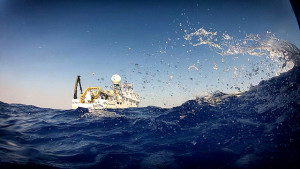Oil Spill Still Uncontained
Since late April, when the Deepwater Horizon suffered an explosion killing 11 and sinking the oil rig, BP has employed various strategies to stop oil from leaking into the Gulf of Mexico. None of those efforts have stopped the oil, which is now thought to be leaking at the rate of about 15,000 barrels per day. The most recent estimates are much higher than the 1,000 barrels per day originally suggested.
While the numbers are not certain, it is estimated that 20 to 30 million gallons have already leaked into the Gulf of Mexico. The wildlife, shipping industry, beaches and ecosystem of the southwest coasts of the United States are at risk of severe and permanent damage. To put that amount of oil into context, approximately 11 million gallons of oil were spilled during the 1989 Exxon Valdez spill.
BP’s first attempt to stop the leak was to cap the well with a four-story dome. Engineers attempted to install the dome 5,000 feet below the surface, but were unable to achieve their goal due to the depths of the water. Next, BP tried a “junk shot,” which involved shooting garbage and debris into the well to clog it and stop the leak. The junk shot, along with a second cap, were also unsuccessful.
The most recent attempt to cap the leaking well is called a top kill maneuver. This involves pumping a very thick drilling fluid into the well to plug it. Unfortunately, this method has not worked, either. The next step will be to attempt to cap the well once again, now that a riser pipe has been cut and severed from the well.




